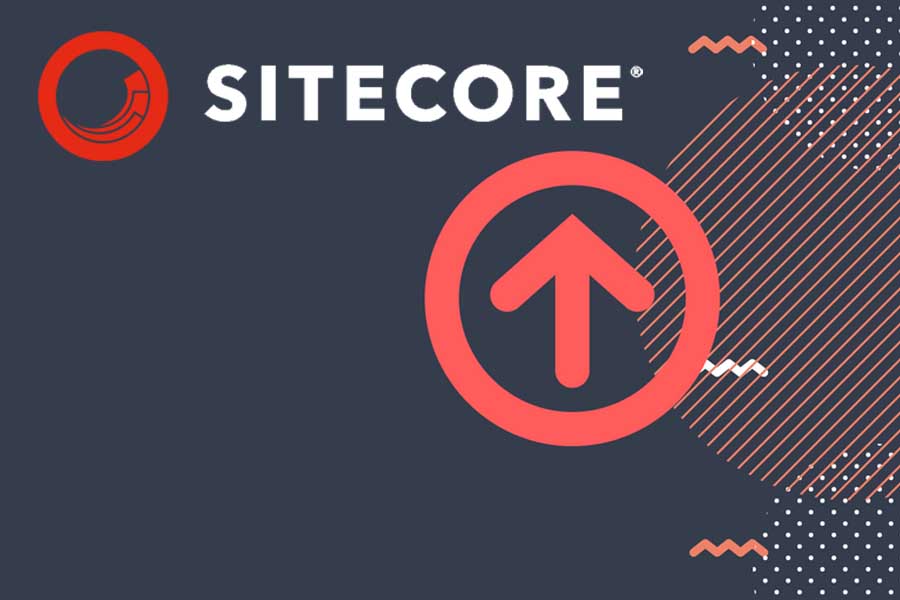Experience Analytics is not only included in your Sitecore Experience Platform software, it provides out-of-the-box tracking with no setup required. Beyond the benefits of using something you already have, consider the following four advantages Experience Analytics offers:
- Measure quantity and quality with Engagement Value metrics
- Expand your marketing landscape view with multichannel campaign reporting
- Get site visitor journey tracking at a glance with Path Analyzer maps
- Benefit from flexibility and extensibility - without 3rd party cookies
MEASURE QUANTITY AND QUALITY WITH ENGAGEMENT VALUE METRICS
Google Analytics is a must for any website, especially e-commerce sites. Time-tested and constantly evolving, it’s the go-to tool for tracking visitors and making marketing content decisions. But does it tell you enough about your customers’ experience and engagement with your brand? While Google Analytics counts clicks and even provides some idea of where users go on your website, it doesn’t provide information on multichannel campaigns, and it doesn’t tell you much about your customers’ journeys.
Enter Sitecore Experience Analytics. While there’s value to counting clicks, it doesn’t measure the quality of the engagement you’re getting from your marketing efforts. While traditional analytics measures how many conversions you get, it doesn’t measure the value of those conversions against other interactions.
Experience Analytics not only captures the quantity of your customers’ interactions with your brand, it also measures their quality using a metric called Engagement Value, which you assign to each conversion type. Engagement Value defines and calculates the comparative impact of each interaction type so that you can more accurately measure the success of your campaigns, across platforms.
So, for instance, you might assign viewing a video a value of 10 points, whereas downloading a guide has a value of 25 points. Filling out a landing page form might be valued at 75 points, but chatting with a live agent has a higher value at 100 points. As visitors move around in and interact with your site, they collect points and earn a cumulative Engagement Value. In this way, you not only see how many conversions you get, but you also better understand how each conversion type works toward meeting your marketing goals and where you should be spending your marketing budget.
We’ll take a deeper dive into Engagement Value in another article.
EXPAND YOUR MARKETING LANDSCAPE VIEW WITH MULTICHANNEL CAMPAIGN REPORTING
Your website might not be your most accurate - or important - indicator of brand engagement. Experience Analytics collects engagement data across the whole customer experience, from email to mobile apps and from social channels to in-person interactions, providing you with a more unified view of your customers’ journeys with your brand.
In addition to Engagement Value, Sitecore Experience Analytics offers a metric called Value per Visit, which shows the average Engagement Value per visit. Using the Value per Visit, you can gauge the effectiveness of your campaigns across (and between!) different platforms. So, for instance, if you want to test the effectiveness of identical ad campaigns you’re running on two platforms, such as Google vs Bing, you’ll collect Engagement Value data for each and use Value per Visit to see which platform is providing the higher-quality leads for that ad. Even if Google sends twice the traffic to your site, if Bing’s Value per Visit scores are higher - resulting in higher-quality leads - then it makes more sense to invest your dollars in the Bing ad for that audience segment.
GET SITE VISITOR JOURNEY TRACKING AT A GLANCE WITH PATH ANALYZER MAPS
Sitecore’s Path Analyzer generates a visual map of each visitor’s journey through your site, providing context and a quick way to compare Engagement Values using color coding and graphical cues like dot (“node”) sizes and line thicknesses. Larger dots/nodes indicate higher Engagement Value. Green nodes indicate high Value per Visit levels, whereas red ones indicate low levels.
Path Analyzer also allows you to take a deeper dive into individual pages using Page Analyzer. This tool allows you to visually interpret the effectiveness of individual pages, helping you to measure their effectiveness against your business goals and indicating which ones need additional optimization or adjustments to personalization to better meet the needs of your marketing personas.
BENEFIT FROM FLEXIBILITY AND EXTENSIBILITY - WITHOUT 3RD PATRY COOKIES
Finally, Sitecore Experience Analytics’ code is extensible enough through code to store virtually any kind of data from across a multitude of channels and applications, making it a powerful and flexible tool. And, for any website you host on Sitecore, you don’t have to use 3rd party cookies to collect your data - just plug and play.
Sitecore Experience Analytics is a powerful complement to Google Analytics, providing deeper insights into the quality of the leads your marketing generates, as well as your customers’ and prospects behaviors and needs. Its Engagement Values put you in control of how interactions are weighted and which engagements have the most impact on your marketing programs. Path and Page Analyzers give you easy-to-digest insights about how your campaigns and marketing content are performing, so you have a clear idea of how best to align your marketing dollars with your campaigns and which channels are the most advantageous for your brand.
And Sitecore Experience Analytics is native to Sitecore Experience Platform, so it’s just waiting for you to tap into it and leverage its power.
Not on Sitecore 9.x yet? Here are a few reasons you might consider upgrading.

NIKET ASHESH
Partner





